Rab’-e Rashidi in Tabriz: Dive into Tabriz’s History
Discover Rab'-e Rashidi and Its Educational Legacy
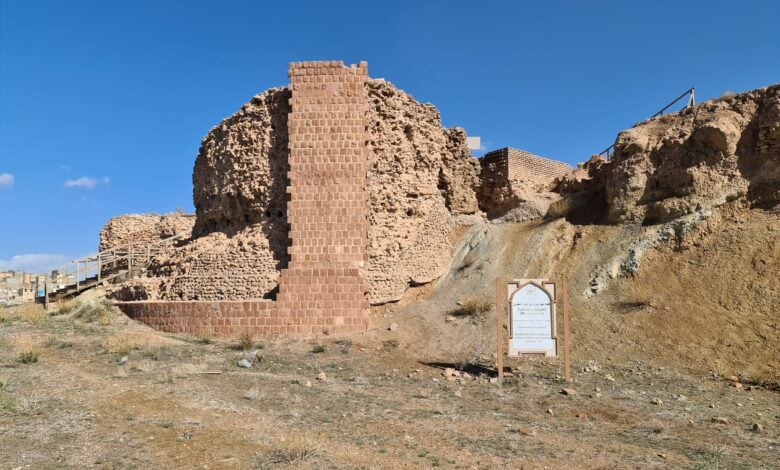
Perched on a hillside in northeastern Tabriz, the Rab’-e Rashidi stands as a weathered testament to Iran’s intellectual and architectural heritage. Built in the early 14th century under the Ilkhanid ruler Ghazan Khan, this sprawling complex—now in ruins—once buzzed with scholars, scientists, and students from across Asia.
Founded by Rashid al-Din Hamadani, Ghazan’s visionary chief minister, Rab’-e Rashidi in Tabriz was a beacon of learning that shaped Tabriz’s identity as a cultural powerhouse. Though time and turmoil have left only fragments, the site’s story echoes through its crumbling stones, inviting travelers to explore a lost era.
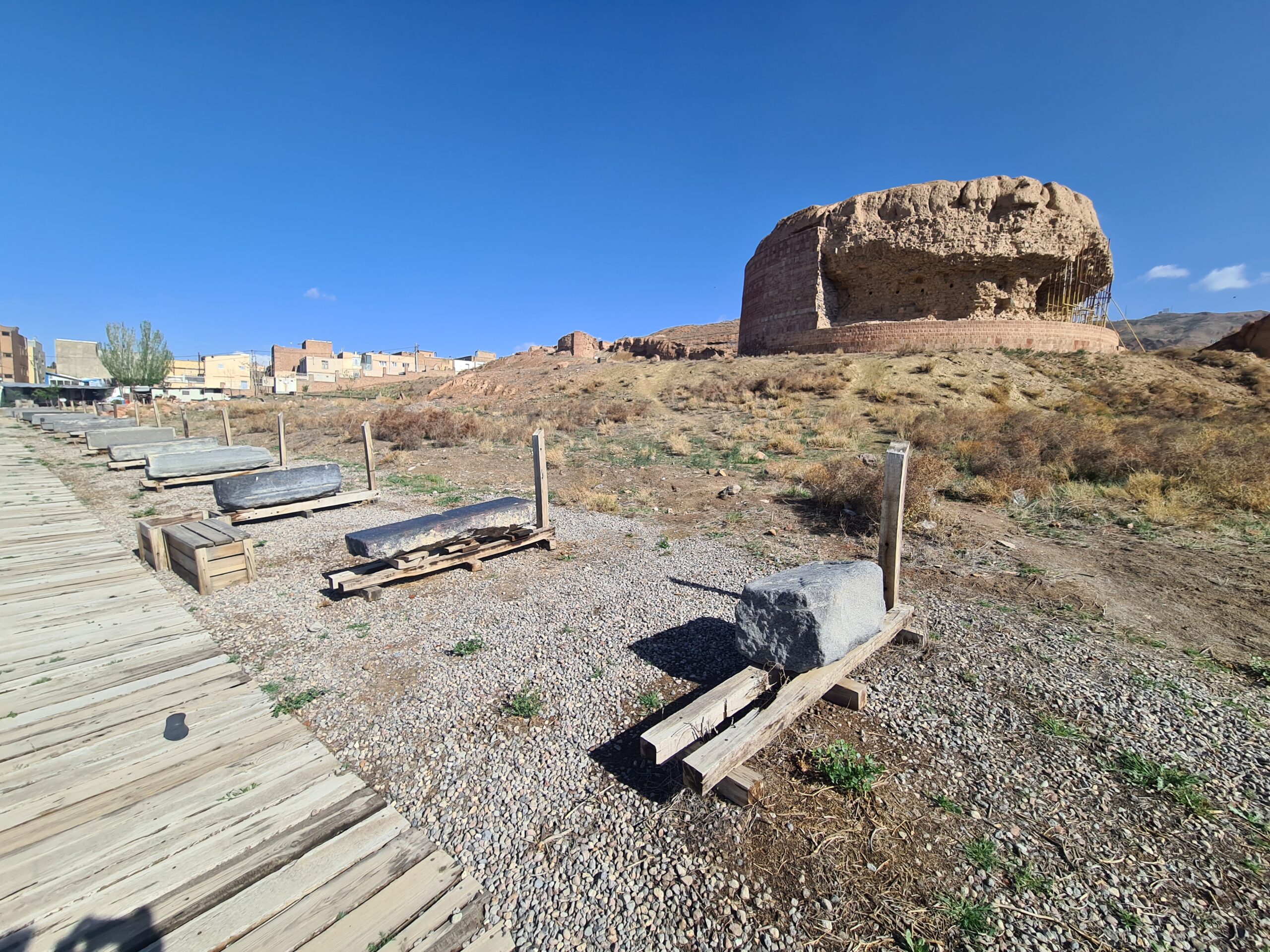
Contents
A Scholar’s Dream in Ilkhanid Tabriz
The Rab’-e Rashidi took root in the late 13th century when Rashid al-Din, a physician-turned-statesman, set out to create a grand academic hub in Tabriz, then the Ilkhanid capital. Construction peaked in the early 1300s, with a foundation document from August 1307 outlining its ambitious scope.
This wasn’t just a school—it was a miniature city, complete with a library, hospital (Dar-ol-Shafa), Quranic center, workshops, and living quarters for teachers and students. Rab’-e Rashidi in Tabriz was designed by Rashid al-Din to draw the era’s brightest minds, hosting thinkers from Iran, China, Egypt, and Syria to exchange ideas in philosophy, medicine, and science.
The complex also housed a scriptorium where major works like the Jami’ al-Tawarikh—a pioneering world history—were crafted. Funded by a hefty endowment of nearly 50,000 dinars, the site supported over 100 staff, 220 slaves, and salaried students, with resources flowing from vast properties across the region.
At its height, Rab’-e Rashidi in Tabriz was encircled by a thriving residential quarter of 30,000 homes, shops, and caravanserais, all framed by a massive wall begun by Ghazan Khan.
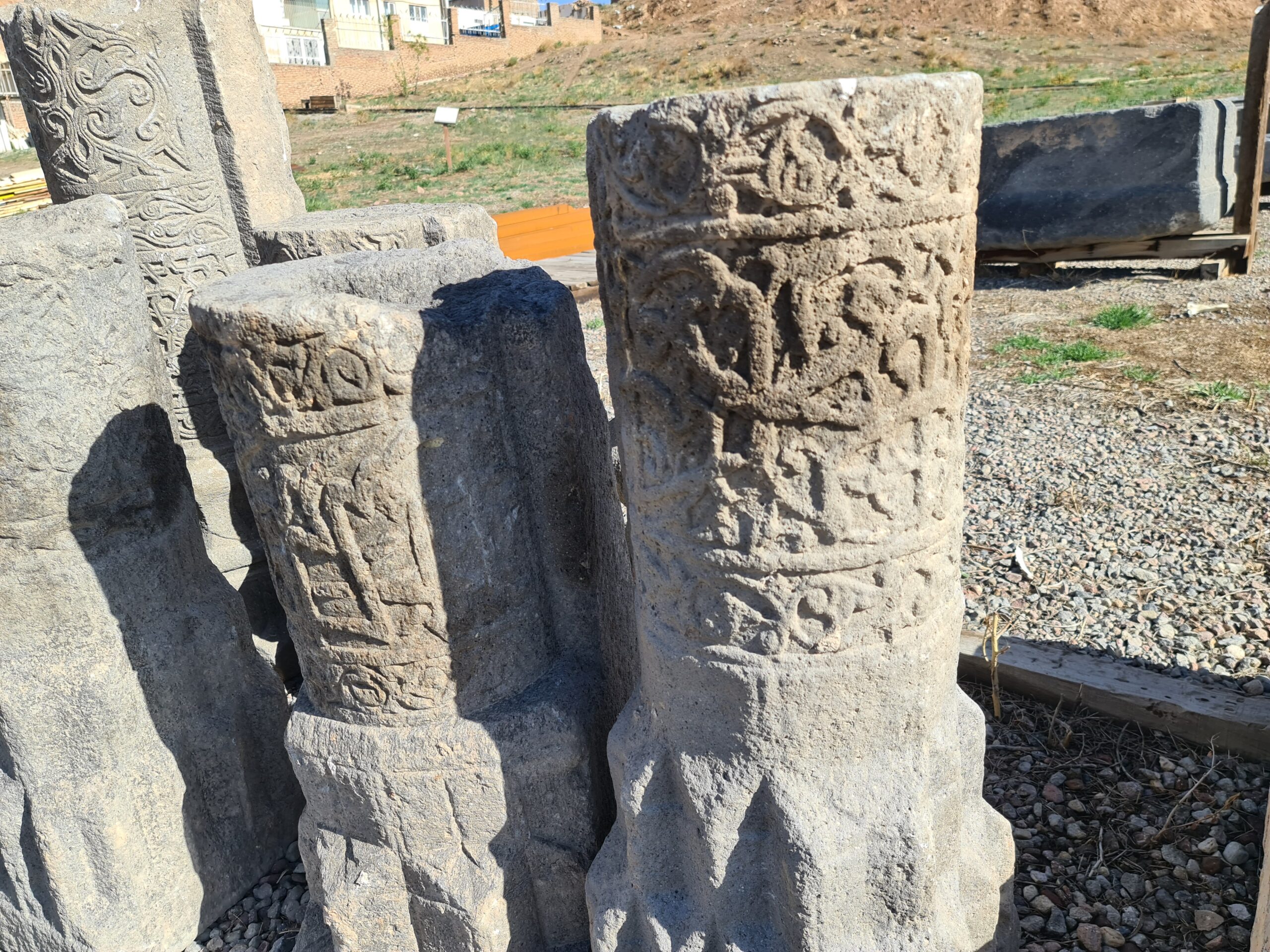
Rise and Ruin
Rab’-e Rashidi in Tabriz flourished until Rashid al-Din’s execution in 1318, sparked by a false accusation of poisoning Ilkhanid ruler Oljeitu. His death marked the start of the site’s decline, worsened by looting and neglect. His son, Ghiyas al-Din, briefly revived it in the 1330s, but his murder in 1336 dealt another blow.
By the 14th century’s end, the original structures of Rab’-e Rashidi in Tabriz had largely vanished, replaced later by a fort under Shah Abbas in the 17th century. Even those later additions fell to ruin, as a traveler noted by the century’s close. Today, only masonry bases and mosaic shards remain, hinting at its past—perhaps even an observatory Rashid al-Din once described.
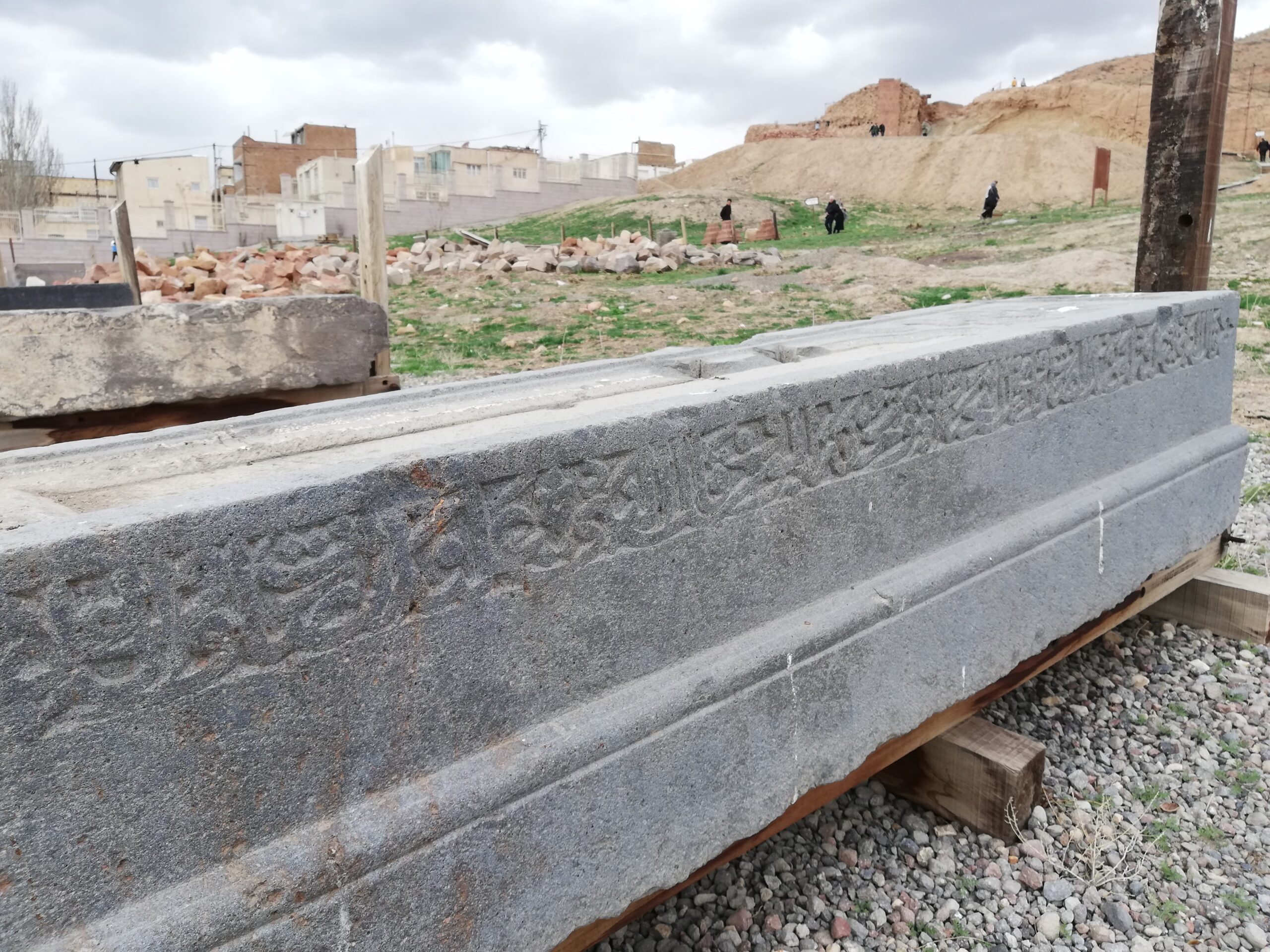
What Remains Today
Visiting Rab’-e Rashidi means stepping onto a quiet archaeological site where history whispers through the rubble. Located in Tabriz’s Sorkhab district near Mount Sahand, the ruins reveal little of their former scale: a few foundation stones, possibly from the Ilkhanid or Safavid eras, and scattered fragments buried under six meters of soil.
Iranian archaeologists continue to excavate Rab’-e Rashidi in Tabriz, piecing together what lies beneath. The site’s centerpiece—a hilltop layout with a grand portal, minarets, and a courtyard flanked by four iwans—survives only in historical accounts, alongside mentions of a bathhouse and mosques.
The endowment deed, preserved in Rab’-e Rashidi in Tabriz’s Central Library and listed by UNESCO as a Memory of the World document, offers a vivid blueprint. It details a staff of professors (500 dinars annually), doctors (up to 330 dinars), and Quran reciters (50 dinars), plus daily bread for the poor—a snapshot of a self-sustaining community.
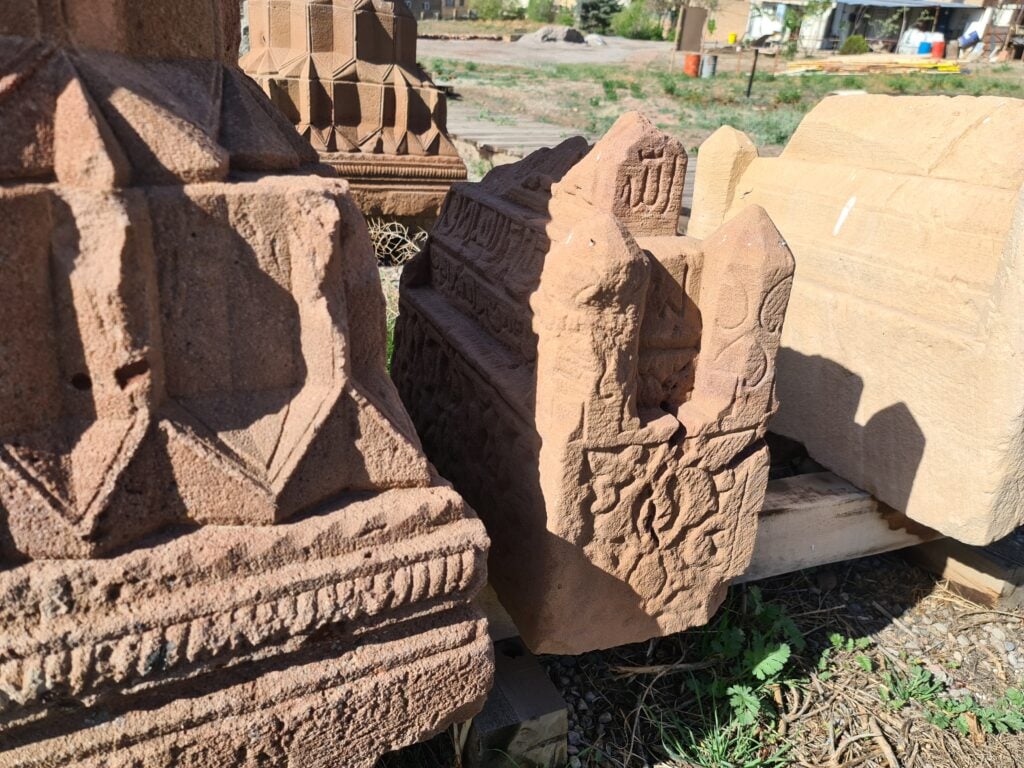
Getting There
Reaching Rab’-e Rashidi is straightforward from central Tabriz:
- By Bus: Take a local bus to Sorkhab district along Abbasi Street; it’s a short walk from the stop.
- By Car: Drive northeast via Abbasi Street; parking is available near the site.
- On Foot: From the city center, it’s a 4-kilometer trek—manageable for the determined explorer.
The site is open to the public, though hours vary with archaeological work. No formal entry fee exists, but facilities are sparse—bring water and wear sturdy shoes.

Nearby Sites
Pair your visit with these Tabriz highlights:
- Qajar Museum (2 km): A restored mansion showcasing Qajar-era life.
- Blue Mosque (3 km): A 15th-century tiled masterpiece.
- Azerbaijan Museum (3.5 km): Artifacts spanning Iran’s history.
Location

A Legacy in Fragments
The Rab’-e Rashidi is more than ruins—it’s a window into a time when Tabriz rivaled the world’s great cities. From its bustling workshops to its tragic fall, the site captures the ambition and fragility of a golden age. For history buffs or curious travelers, it’s a chance to stand where scholars once debated and scribes penned chronicles that still resonate. Plan your trip and trace the outlines of a lost intellectual empire.
BOOK ONLINE







